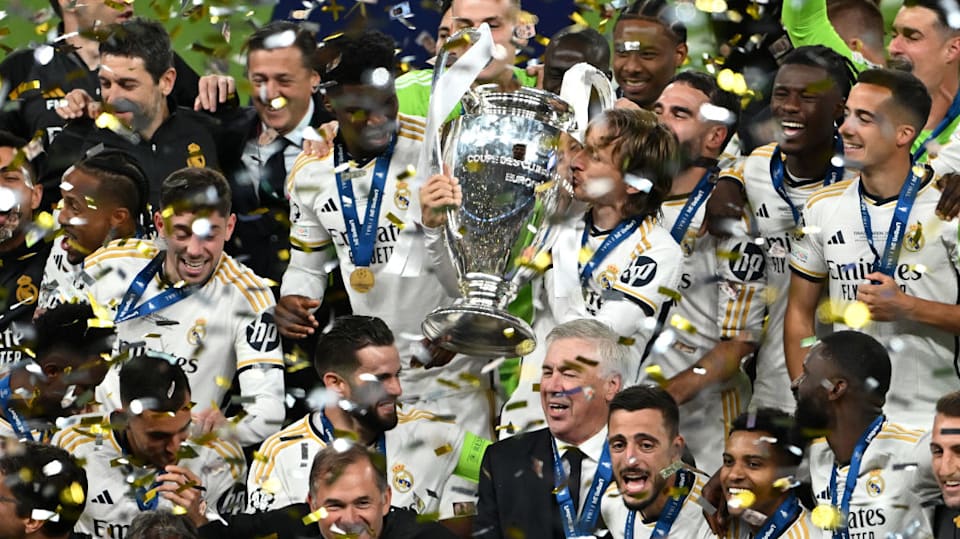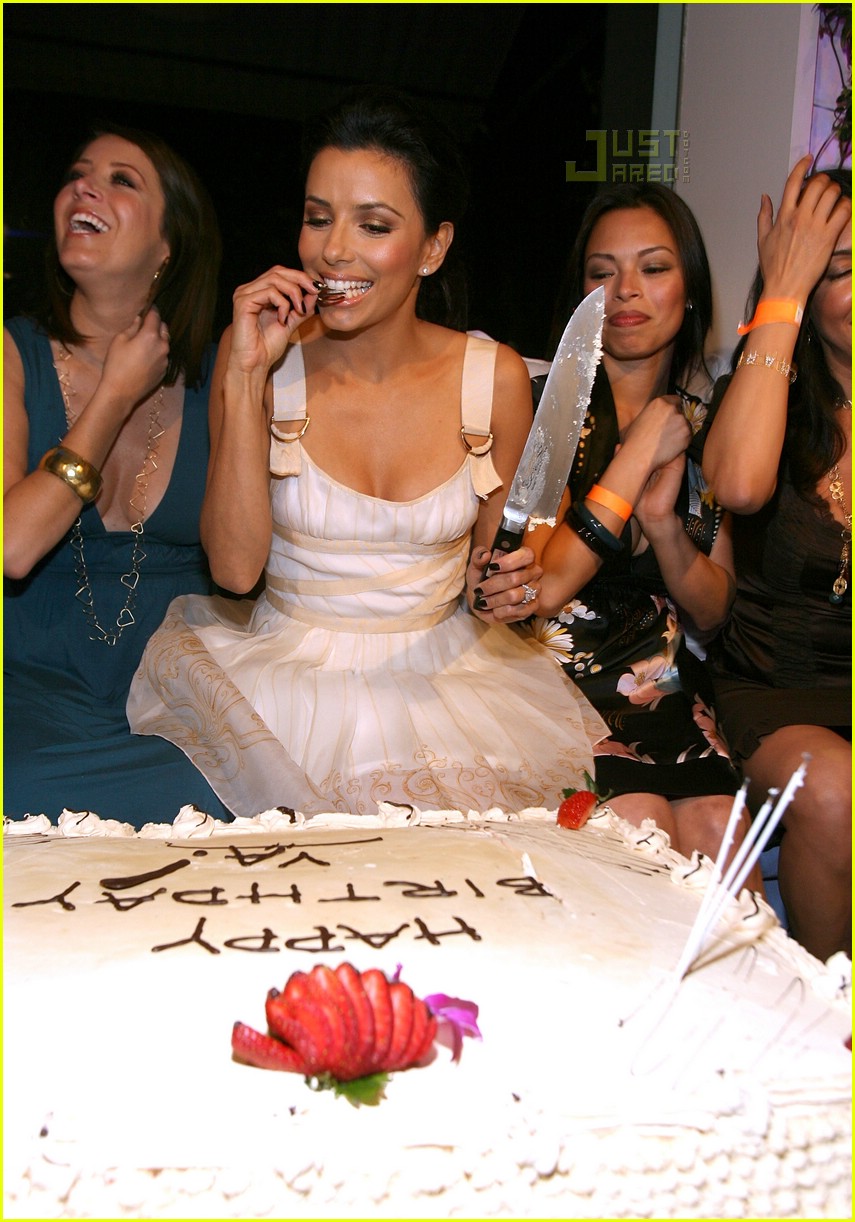Unlocking The Mysteries Of The Da Vinci Code

Table of Contents
The Historical and Artistic Context of The Da Vinci Code
Fact vs. Fiction
The Da Vinci Code masterfully blends historical fact with fictional narratives, creating a captivating, albeit controversial, story. The novel features real historical figures like Leonardo da Vinci and real artworks, but it takes significant liberties with historical accuracy.
-
Factual Elements & Fictional Interpretations:
- Leonardo da Vinci: While Da Vinci's genius is undeniable, the novel portrays him as a member of a secret society, a detail not supported by historical evidence.
- The Priory of Sion: The novel presents the Priory of Sion as an ancient organization protecting a major historical secret, while the real Priory of Sion was a relatively modern, and ultimately insignificant, group.
- The Holy Grail: The book interprets the Holy Grail not as a literal chalice, but as a metaphor for Mary Magdalene and the bloodline of Jesus.
-
Specific Artworks and Symbolic Interpretations:
- The Last Supper: The novel suggests hidden meanings in Leonardo da Vinci's The Last Supper, placing emphasis on the supposed symbolic relationships between Jesus and Mary Magdalene.
- Mona Lisa: The book alludes to hidden symbolism within the Mona Lisa, further adding to the mystique of Da Vinci's work and the novel's overall narrative.
Decoding Da Vinci's Art
The Da Vinci Code draws heavily on the symbolic interpretations often attributed to Da Vinci's artwork. The novel suggests that Da Vinci intentionally embedded hidden messages in his paintings, conveying secret knowledge to those in the know.
- Specific Paintings and Alleged Hidden Meanings: The novel interprets various aspects of Da Vinci's works, suggesting coded meanings that relate to the overarching narrative of the book. This includes subtle gestures, placements of figures, and even the use of light and shadow.
- Artistic Techniques and Novel Interpretation: The book uses Da Vinci's artistic style, particularly his use of perspective and symbolism, to support its narrative of hidden messages and secrets.
Religious Controversies and Interpretations Sparked by The Da Vinci Code
Challenging Traditional Beliefs
The Da Vinci Code sparked intense controversy due to its portrayal of the Catholic Church and its depiction of Jesus and Mary Magdalene. The novel challenges traditional religious interpretations and presents alternative perspectives that differ significantly from established doctrines.
- Specific Religious Doctrines Challenged: The novel directly challenges the traditional Christian narrative of Jesus's life, marriage, and lineage. It raises questions about the suppression of historical information and the role of the Catholic Church in shaping religious narratives.
- Reactions and Responses from Religious Groups: The book's publication led to widespread criticism from various religious groups, who viewed it as disrespectful and historically inaccurate. Many voiced concerns about the novel's potential to mislead readers and distort historical events.
The Gnostic Gospels and Alternative Histories
The Da Vinci Code introduces the concept of the Gnostic Gospels and their alternative interpretations of Christian history. The novel uses these texts to support its narrative of a suppressed truth about Jesus and his family.
- Key Aspects of Gnostic Beliefs: The book highlights certain Gnostic beliefs that contradict traditional Christian theology, particularly regarding the nature of Jesus and the role of Mary Magdalene.
- Historical Context of the Gnostic Gospels: The novel touches upon the historical context of the Gnostic Gospels and their subsequent suppression by the early Church.
The Symbolism and Codes in The Da Vinci Code
Unraveling the Symbolism
The novel is rich with symbolism and codes, ranging from the Fibonacci sequence to the rose and the Holy Grail itself. These symbols are intricately woven into the narrative, adding layers of complexity and intrigue.
- Specific Symbols and Interpretations: The book utilizes numerous symbols, each carrying significant weight within the context of the story. Understanding these symbols is key to unraveling the novel's central mysteries.
- Cryptography and its Role in the Plot: The use of cryptography and puzzles plays a significant role in the progression of the narrative, keeping readers engaged and challenging them to piece together the clues.
The Power of Narrative and Interpretation
The Da Vinci Code's success stems from its compelling narrative and its ability to inspire diverse interpretations. The novel leaves many aspects open to interpretation, encouraging readers to engage actively with its themes.
- Examples of Ambiguous Elements: The novel contains several ambiguous elements, prompting various readings and interpretations from readers. This allows for extensive discussion and debate, extending the book's impact beyond its initial publication.
- Impact on Readers' Interpretation of History and Art: The Da Vinci Code has had a noticeable impact on how readers view history, art, and religious texts. It spurred further interest in Leonardo da Vinci, the Priory of Sion (though its actual historical significance is minimal), and various historical and religious controversies.
Unlocking the Enduring Fascination of The Da Vinci Code
The Da Vinci Code remains a captivating blend of historical fact, fictional narrative, and religious intrigue. The novel’s success lies in its ability to weave together these elements into a compelling mystery that sparks curiosity and debate. Its enduring popularity speaks to its power to challenge established narratives and invite readers to explore alternative interpretations of history, art, and religion. The questions and discussions surrounding The Da Vinci Code continue to this day. We invite you to delve deeper into the mysteries of The Da Vinci Code by reading the book, exploring documentaries related to Leonardo da Vinci and the history of the early Christian church, and sharing your own interpretations of this enduring cultural phenomenon. What are your thoughts on the enduring mysteries and controversies of The Da Vinci Code?

Featured Posts
-
 Madridskiy Turnir Sobolenko V Tsentre Skandala
May 13, 2025
Madridskiy Turnir Sobolenko V Tsentre Skandala
May 13, 2025 -
 Eva Longoria Celebrates 50th Birthday In Miami
May 13, 2025
Eva Longoria Celebrates 50th Birthday In Miami
May 13, 2025 -
 Eva Longorias Hilarious Road Trip Disasters In Alexander And The Terrible Horrible No Good Very Bad Day
May 13, 2025
Eva Longorias Hilarious Road Trip Disasters In Alexander And The Terrible Horrible No Good Very Bad Day
May 13, 2025 -
 Why Ali Larter And Billy Bob Thorntons Relationship Works An Interview
May 13, 2025
Why Ali Larter And Billy Bob Thorntons Relationship Works An Interview
May 13, 2025 -
 Xr Platforms The Ai Driven Battleground And Market Opportunity
May 13, 2025
Xr Platforms The Ai Driven Battleground And Market Opportunity
May 13, 2025
